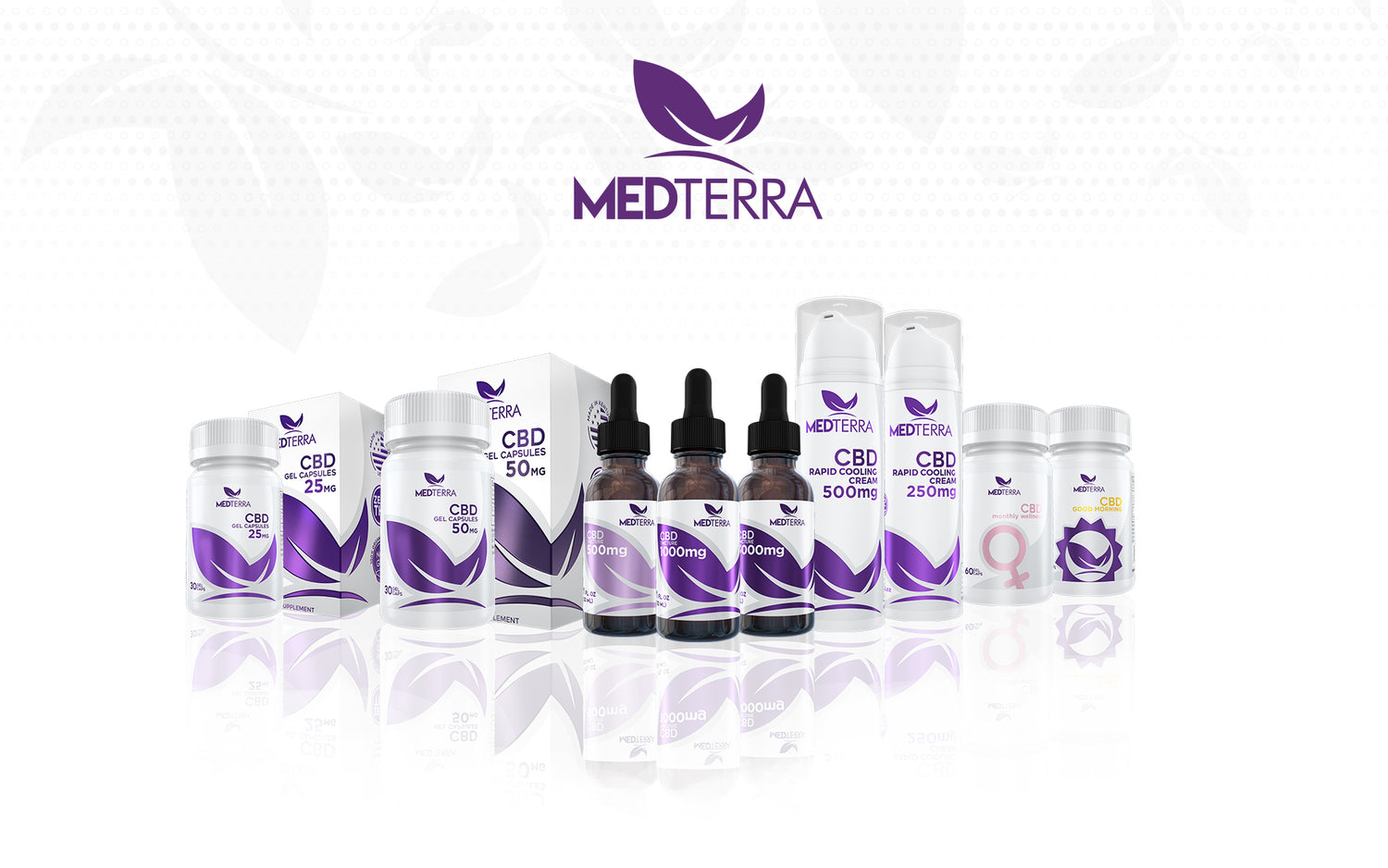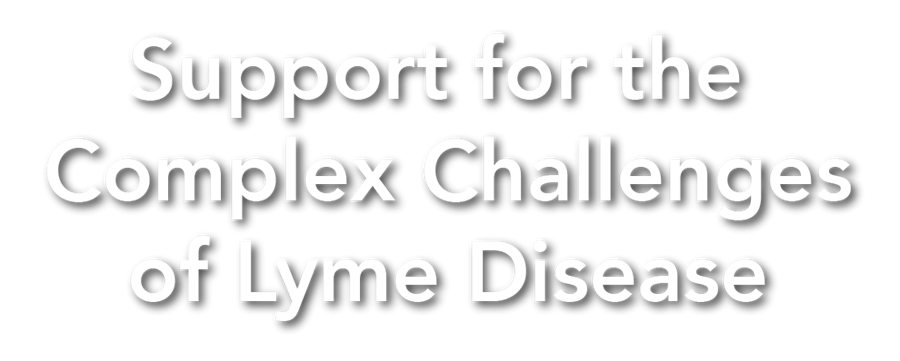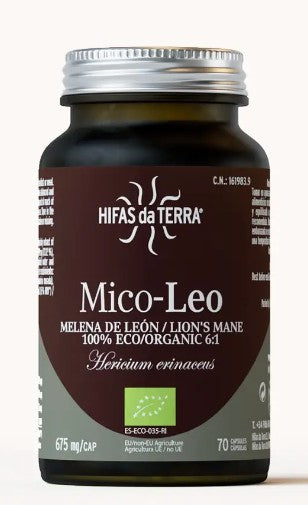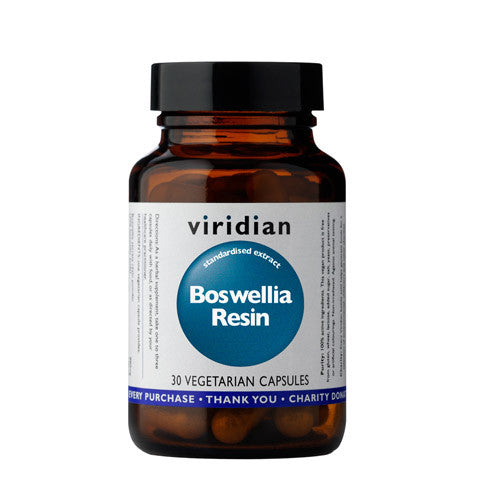We all are becoming more aware of Lyme disease, as the incidence of this tick-borne infection is persistently high, and for many states such as the endemic regions of the upper Midwest and Northeastern United States, it continues to increase.[i] Confirmed cases continue to show up far outside these regions as well, with documented cases in almost all the continental US states yearly.
Lyme disease, for some, can become a complex and chronic debilitating condition due to the ability of the causative pathogenic bacteria Borrelia burgdorferi to persist by switching to a cystic form or existing within a biofilm-like colony, as well as by differentially expressing proteins and genes that enable survival in the host.[ii,iii,iv] Coinfections such as Bartonella, Ehrlichia, Anaplasma and Babesia are commonly transmitted with B. burgdorferi, [v,vi]and not only lead to symptoms associated with their presence, but also can increase Lyme disease severity.[vii]

Because of these many factors, we not only see resistance to treatment with antibiotics, but also to botanicals, necessitating a multifactorial approach of rotating various botanicals and other natural substances through a long course of treatment. Symptoms also can often worsen through the course of treatment, due to a reaction referred to as “die-off” that is caused by the by-products associated with bacterial lysis increasing the inflammatory response in the body. These products of bacterial die-off not only stimulate a further immune response and inflammation, they also can adversely affect organ and systemic function, sometimes critically, in patients with Lyme disease.[viii,ix]
Given these many factors, it is important to consider options for treatment which can address each of these challenges distinctly when supporting a patient with Lyme disease. Additionally, support for symptom palliation also is often necessary to help alleviate the chronic symptoms which can include fatigue, difficulty thinking, and pain that often come with this disease.

Systemic Support to Address the Cause and the Symptoms
Artemisia annua, also known as sweet wormwood, or Qinghao, has a long history of use as an antimicrobial agent, and broadly acts as an antiparasitic, antibacterial, antifungal, and antiviral agent.[x,xi] Artemisinin, the primary active moiety found in A. annua, has been shown to be active against Babesia, as well as common chronic additional infections which burden the immune system including cytomegalovirus, herpes simplex virus, Epstein-Barr virus, and Toxoplasmosis gondii.[xii,xiii,xiv,xv] A. annua and its derivatives also may impact the levels of microbes such as Candida spp. which may be out of balance in the gut,[xvi] and it has been shown to affect biofilms which make some of these pathogens resistant to treatment.[xvii,xviii] In a recent study of patients experiencing short-term memory deficits associated with Lyme disease, oral treatment with artesunate, a water-soluble artemisinin derivative, was shown to significantly reduce the short-term memory difficulties which may occur with both Borrelia spp. and Babesia infections.[xix]

Cat’s claw (Uncaria tomentosa), also known in Spanish as uña de gato, is ideally suited in the Lyme setting, as in addition to its immune-supportive actions, it has been shown to have anti-inflammatory, anti-arthritic, and antioxidant effects, and supports cognitive function as well.[xx] Cat’s claw has been shown to enhance proliferation of both T helper and B lymphocytes,[xxi,xxii] also increasing lymphocyte viability and survival. Cat’s claw has been shown in both rheumatoid and osteoarthritis to significantly improve symptoms of joint swelling and pain, which many patients also may experience with Lyme disease.[xxiii,xxiv] Cat’s claw also is a potent inhibitor of tumor necrosis factor (TNF)-α, a primary pro-inflammatory cytokine associated with the acute immune system response.[xxv] In multiple animal studies, cat’s claw has been demonstrated to have a neuroprotective effect and improve memory as well.[xxvi,xxvii]

Lactoferrin, a glycoprotein found in milk and at much higher concentrations in colostrum, has broad antimicrobial action against parasites, bacteria, fungi, and viruses.[xxviii] It has been shown to inhibit the growth of Babesia spp.,[xxix] one of the common co-infections, and has an inhibitory effect on bacterial biofilms,[xxx]including that of B. burgdorferi.[xxxi] Lactoferrin has been shown to neutralize lipopolysaccharide (LPS),[xxxii] a primary contributor to the “die-off” reaction, also directly inhibiting the LPS-induced immune system response.[xxxiii,xxxiv] Similar to cat’s claw, lactoferrin has been shown in several studies to decrease levels of TNF-α as well.[xxxv]

Chitosan, a biopolymer derived from the shell of crustaceans, acts as a chelator and supports the removal of a wide array of toxins from the body including mycotoxins, metals, and LPS.[xxxvi, xxxvii,xxxviii] It has the ability to chelate and remove the heavy metals manganese and zinc,[xxxix,xl] which are two essential minerals for the lifecycle and metabolic needs of B. burgdorferi, and serve as central regulators of many of its virulence genes.[xli,xlii] Chitosan has been shown to act as a biofilm-disrupting agent, particularly when the chitosan is of low molecular weight.[xliii,xliv] Low molecular weight chitosan has been shown specifically, in the setting of Lyme, to reduce symptoms attributed to the die-off reaction.[xlv] In the gut, the larger chitosan particles have a prebiotic effect, promoting the growth of Bifidobacterium spp. and Lactobacillus spp., which are predominant healthy flora that also support the reduction of inflammation and a normal immune response.[xlvi,xlvii,xlviii]

Finally, support for cellular function and repair also may help to reduce symptoms associated with Lyme disease, improving the fatigue which many experience. Lipid replacement therapy, the supplementation of glycerophospholipids that are the main component of cellular membranes, in combination with additional antioxidants such as coenzyme Q10 (CoQ10)supports cellular function and repair, in particular that of the mitochondria, the energy-generating units found in all of the cells. Multiple studies utilizing glycerophospholipids as a monotherapy or in combination with additional nutrients have shown positive outcomes in similar settings of chronic fatigue, including that specifically attributable to Lyme disease, also leading to improvements in mitochondrial function. [xlix,l,li]
Although the challenges associated with supporting patients whose health has been compromised by a tick-borne infection do have many complexities, therapies such as these, or a combination thereof, are an excellent evidence-based starting point which can help to notably improve the disease course for patients who experience tick-borne infections.
Written by Carrie Decker, ND
References:
i Centers for Disease Control and Prevention, National Center for Emerging and Zoonotic Infectious Diseases, Division of Vector-Borne Diseases. “Lyme Disease Data Tables.” Lyme Disease. Centers for Disease Control and Prevention. Last updated November 1, 2017. Accessed April 2, 2018.
ii Zajkowska J, et al. [Atypical forms of Borrelia burgdorferi--clinical consequences]. Pol Merkur Lekarski. 2005 Jan;18(103):115-9.
iii Singh SK, Girschick HJ. Molecular survival strategies of the Lyme disease spirochete Borrelia burgdorferi. Lancet Infect Dis. 2004 Sep;4(9):575-83.
iv Sapi E, et al Characterization of biofilm formation by Borrelia burgdorferi in vitro. PloS One. 2012 Oct 24;7(10):e48277.
v Lantos PM, Wormser GP. Chronic coinfections in patients diagnosed with chronic lyme disease: a systematic review. Am J Med. 2014 Nov;127(11):1105-10.
vi Mitchell PD, et al. Immunoserologic evidence of coinfection with Borrelia burgdorferi, Babesia microti, and human granulocytic Ehrlichia species in residents of Wisconsin and Minnesota. J Clin Microbiol. 1996 Mar;34(3):724-7.
vii Diuk-Wasser MA, et al. Coinfection by Ixodes Tick-Borne Pathogens: Ecological, Epidemiological, and Clinical Consequences. Trends Parasitol. 2016 Jan;32(1):30-42.
viii Maloy AL, Black RD, Segurola RJ Jr. Lyme disease complicated by the Jarisch-Herxheimer reaction. J Emerg Med. 1998 May-Jun;16(3):437-8.
ix Webster G, et al. Jarisch-Herxheimer reaction associated with ciprofloxacin administration for tick-borne relapsing fever. Pediatr Infect Dis J. 2002 Jun;21(6):571-3.
x Klayman DL. Qinghaosu (artemisinin): an antimalarial drug from China. Science. 1985 May 31;228(4703):1049-55.
xi Tariq A, et al. Ethnomedicines and anti-parasitic activities of Pakistani medicinal plants against Plasmodia and Leishmania parasites. Ann Clin Microbiol Antimicrob. 2016 Sep 20;15(1):52.
xii Efferth T, et al. The antiviral activities of artemisinin and artesunate. Clin Infect Dis. 2008 Sep 15;47(6):804-11.
xiii D'Angelo JG, et al. Artemisinin derivatives inhibit Toxoplasma gondii in vitro at multiple steps in the lytic cycle. J Antimicrob Chemother. 2009 Jan;63(1):146-50.
xiv Loo CS, et al. Artemisinin and its derivatives in treating protozoan infections beyond malaria. Pharmacol Res. 2017 Mar;117:192-217.
xv Goo YK, et al. Artesunate, a potential drug for treatment of Babesia infection. Parasitol Int. 2010 Sep;59(3):481-6.
xvi Engberg RM, et al. The effect of Artemisia annua on broiler performance, on intestinal microbiota and on the course of a Clostridium perfringens infection applying a necrotic enteritis disease model. Avian Pathology. 2012 Aug 1;41(4):369-76.
xvii De Cremer K, et al. Artemisinins, new miconazole potentiators resulting in increased activity against Candida albicans biofilms. Antimicrob Agents Chemother. 2015 Jan;59(1):421-6.
xviii Sisto F, et al. In vitro activity of artemisone and artemisinin derivatives against extracellular and intracellular Helicobacter pylori. Int J Antimicrob Agents. 2016 Jul;48(1):101-5
xix Puri BK, et al. The effect of artesunate on short-term memory in Lyme borreliosis. Med Hypotheses. 2017 Aug;105:4-5.
xx Gonçalves C, Dinis T, Batista MT. Antioxidant properties of proanthocyanidins of Uncaria tomentosa bark decoction: a mechanism for anti-inflammatory activity. Phytochemistry. 2005 Jan;66(1):89-98.
xxi Wurm M, et al. Pentacyclic oxindole alkaloids from Uncaria tomentosa induce human endothelial cells to release a lymphocyte-proliferation-regul
xxii Domingues A, et al. Uncaria tomentosa aqueous-ethanol extract triggers an immunomodulation toward a Th2 cytokine profile. Phytother Res. 2011 Aug;25(8):1229-35.
xxiii Mur E, et al. Randomized double blind trial of an extract from the pentacyclic alkaloid-chemotype of uncaria tomentosa for the treatment of rheumatoid arthritis. J Rheumatol. 2002 Apr;29(4):678-81.
xxiv Piscoya J, et al. Efficacy and safety of freeze-dried cat's claw in osteoarthritis of the knee: mechanisms of action of the species Uncaria guianensis. Inflamm Res. 2001 Sep;50(9):442-8.
xxv Sandoval M, et al. Cat's claw inhibits TNFalpha production and scavenges free radicals: role in cytoprotection. Free Radic Biol Med. 2000 Jul 1;29(1):71-8.
xxvi Mohamed AF, et al. Effects of Uncaria tomentosa total alkaloid and its components on experimental amnesia in mice: elucidation using the passive avoidance test. J Pharm Pharmacol. 2000 Dec;52(12):1553-61.
xxvii Lee SC, et al. Effects of repeated administration of Uncaria hooks on the acquisition and central neuronal activities in ethanol-treated mice. J Ethnopharmacol. 2004 Sep;94(1):123-8.
xxviii Moreno-Expósito L, et al. Multifunctional capacity and therapeutic potential of lactoferrin. Life Sci. 2018 Feb 15;195:61-64.
xxix Ikadai H, et al. Inhibitory effect of lactoferrin on in vitro growth of Babesia caballi. Am J Trop Med Hyg. 2005 Oct;73(4):710-2.
xxx Singh PK, et al. A component of innate immunity prevents bacterial biofilm development. Nature. 2002 May;417(6888):552.
xxxi Haenel D, Sapi E. Significant antimicrobial effects of lactoferrin on Borrelia burgdorferi biofilm. University of New Haven. Poster.
xxxii Zhang GH, et al. Neutralization of endotoxin in vitro and in vivo by a human lactoferrin-derived peptide. Infect Immun. 1999 Mar;67(3):1353-8.
xxxiii Elass-Rochard E, et al. Lactoferrin inhibits the endotoxin interaction with CD14 by competition with the lipopolysaccharide-binding protein. Infect Immun. 1998 Feb;66(2):486-91.
xxxiv Mattsby-Baltzer I, et al. Lactoferrin or a fragment thereof inhibits the endotoxin-induced interleukin-6 response in human monocytic cells. Pediatr Res. 1996 Aug;40(2):257-62.
xxxv Drago-Serrano ME, et al. Lactoferrin: Balancing Ups and Downs of Inflammation Due to Microbial Infections. Int J Mol Sci. 2017 Mar 1;18(3).
xxxvi Quintela S, et al. Ochratoxin A removal from red wine by several oenological fining agents: bentonite, egg albumin, allergen-free adsorbents, chitin and chitosan. Food Addit Contam Part A Chem Anal Control Expo Risk Assess. 2012;29(7):1168-74.
xxxvii Davydova VN, et al. Interaction of bacterial endotoxins with chitosan. Effect of endotoxin structure, chitosan molecular mass, and ionic strength of the solution on the formation of the complex. Biochemistry (Mosc). 2000 Sep;65(9):1082-90.
xxxviii Solov'eva T, et al. Marine compounds with therapeutic potential in gram-negative sepsis. Mar Drugs. 2013 Jun 19;11(6):2216-29.
xxxix Guan B, et al. Removal of Mn (II) and Zn (II) ions from flue gas desulfurization wastewater with water-soluble chitosan. Sep Purif Tech. 2009 Mar 12;65(3):269-74.
xl Wu ZB, Ni WM, Guan BH. Application of chitosan as flocculant for coprecipitation of Mn (II) and suspended solids from dual-alkali FGD regenerating process. J Haz Mat. 2008 Apr 1;152(2):757-64.
xli Troxell B, et al. Manganese and zinc regulate virulence determinants in Borrelia burgdorferi. Infect Immun. 2013 Aug;81(8):2743-52.
xlii Aguirre JD, et al. A manganese-rich environment supports superoxide dismutase activity in a Lyme disease pathogen, Borrelia burgdorferi. J Biol Chem. 2013 Mar 22;288(12):8468-78.
xliii Pu Y, et al. In vitro damage of Candida albicans biofilms by chitosan. Exp Ther Med. 2014 Sep;8(3):929-934.
xliv Chávez de Paz LE, et al. Antimicrobial effect of chitosan nanoparticles on streptococcus mutans biofilms. Appl Environ Microbiol. 2011 Jun;77(11):3892-5.
xlv Hines SW. Nano-Particle Chitosan: New Hope for Lyme-Related Herxheimer Symptoms. Focus. 2007 July:9-10.
xlvi Lee HW, Park YS, Jung JS, et al. Chitosan oligosaccharides, dp 2-8, have prebiotic effect on the Bifidobacterium bifidium and Lactobacillus sp. Anaerobe. 2002 Dec;8(6):319-24.
xlvii Cani PD, et al. Selective increases of bifidobacteria in gut microflora improve high-fat-diet-induced diabetes in mice through a mechanism associated with endotoxaemia. Diabetologia. 2007 Nov 1;50(11):2374-83.
xlviii Roselli M, et al. Probiotic bacteria Bifidobacterium animalis MB5 and Lactobacillus rhamnosus GG protect intestinal Caco-2 cells from the inflammation-associated response induced by enterotoxigenic Escherichia coli K88. Brit J Nutr. 2006 Jun;95(6):1177-84.
xlix Nicolson GL, et al. Lipid replacement therapy with a glycophospholipid formulation with NADH and CoQ10 significantly reduces fatigue in intractable chronic fatiguing illnesses and chronic Lyme disease patients. Int J Clin Med. 2012 May 29;3(03):163.
l Nicolson GL. Lipid replacement/antioxidant therapy as an adjunct supplement to reduce the adverse effects of cancer therapy and restore mitochondrial function. Pathol Oncol Res. 2005;11(3):139-44.
li Agadjanyan M, et al. Nutritional supplement (NT Factor™) restores mitochondrial function and reduces moderately severe fatigue in aged subjects. J Chronic Fat Syn. 2003 Jan 1;11(3):23-36.







